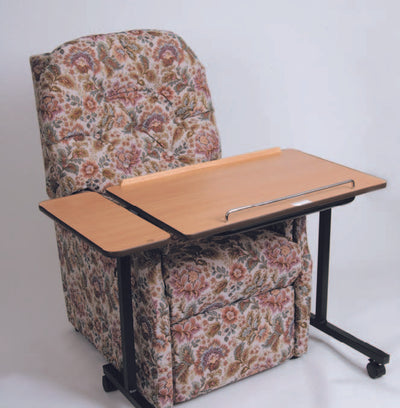Thrombosis (Deep Vein Thrombosis or DVT) is one of the largest causes of death here in the UK, yet many of us have little or no understanding of what causes it, how to recognise the symptoms or how to prevent it.With an estimated 1 in 1,000 people developing a DVT each year in the UK, read on to learn more about this very common, yet potentially life threatening condition.
What is Deep Vein Thrombosis (DVT)?
A deep vein thrombosis is a blood clot (or thrombus) that occurs in the veins, most commonly in the legs but can appear in other areas of the body including the arms.
There are two types of veins in our bodies: deep and superficial. Deep veins in the legs are the larger ones that go through the muscles of the calf and thighs. Not to be confused with varicose veins, these deep veins lie further down, too deep for us to see from the surface of the skin.
When blood flow through the deep vein is partially or completely blocked, often due to immobility, a blood clot (or thrombus) can form, reduce or even stop the blood flow and begin to cause potential problems.
What causes deep vein thrombosis (DVT)?
Sometimes a blood clot can appear for no apparent reason, but in most cases the thrombus will develop due to one or more of the following reasons:
- Injury that requires the patient to remain immobile for some time. A leg fracture, for example, where the leg is in a cast can be a cause of DVT due to the inability to move the limb and encourage healthy blood flow through the veins.
- Surgery. Unfortunately, the risks of developing a DVT are higher in people undergoing surgery with a general anaesthetic because of the temporary paralysis it causes and the subsequent immobility during recovery.
- Long journeys (plane/coach/car) can create a slight increase in risk, again due to the long periods of time spent in one position with no movement to allow for healthy blood flow through the veins.
- Pregnancy - around 1 in 1000 pregnant mothers will develop a DVT during or within 6 months of pregnancy.
- Obesity. If your Body Mass Index (BMI) is above 30 you are at a much higher risk of developing DVT.
Other causes can include heart disease, cancer, HRT or combined contraceptive pill, being over the age of 60 and low levels of hydration.
What are the symptoms of deep vein thrombosis (DVT)?
Since most DVTs occur in the lower leg the most common symptoms include:
- Pain or tenderness or swelling around the calf
- A discolouration of the calf area
- A ‘hot’ area around the calf. The blood that usually flows through the deep vein is diverted to the outer veins, closer to the skin, and causes a temperature rise.
Unfortunately, nearly half of DVT episodes have minimal or no symptoms at all. These “silent” symptoms are particularly concerning and give heed to the importance of the use of daily prevention techniques.
How do I prevent deep being thrombosis (DVT)?
While DVT can be treated, by far the best “treatment” for DVT is to prevent it from occurring in the first place.
- Keep active
- Maintain a healthy weight
- Give up smoking and other factors that increase risk of heart disease and cancers.
- Wear travel compression socks if you’re travelling or need to sit in one position for a prolonged period of time.
Compression Stockings (anti-embolism stockings)
Most people who develop a DVT will be advised to wear compression stockings to reduce the risk of developing another DVT and the risk of developing post-thrombotic syndrome. You will be advised by your medical professional on how and when to wear them but on average they should be worn each day, for at least two years after developing a DVT.
Compression stockings work by applying pressure from outside the veins. This helps squeeze the blood in the veins back up the legs. This then makes the pressure inside the veins less. In turn this prevents leakage of blood into the surrounding tissues.
If you are concerned or are experiencing any of the symptoms listed above please seek urgent medical help.
Need more help with buying the right compression socks or stockings? We're always here to help so get in touch today.
For all your Medical and Homecare supplies give us a call at Mediworld.
We have over 40 years experience in medical, surgical, mobility and home health supplies and we're always on hand to chat if you need support or advice. Follow us on Twitter and Facebook and don't forget to read our other great health blogs!





































